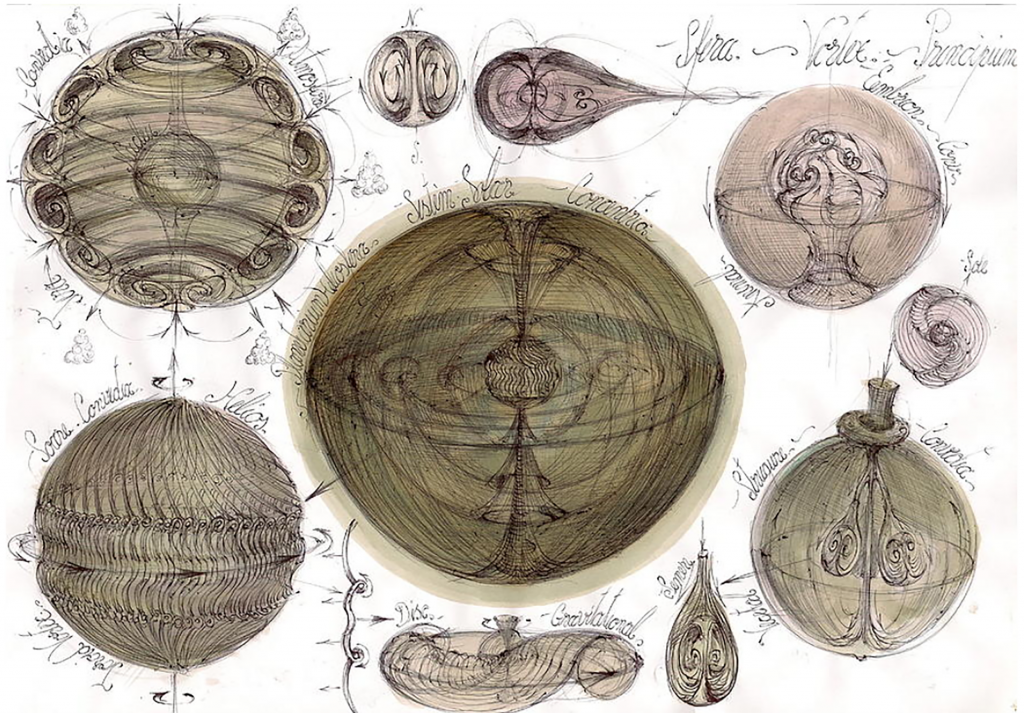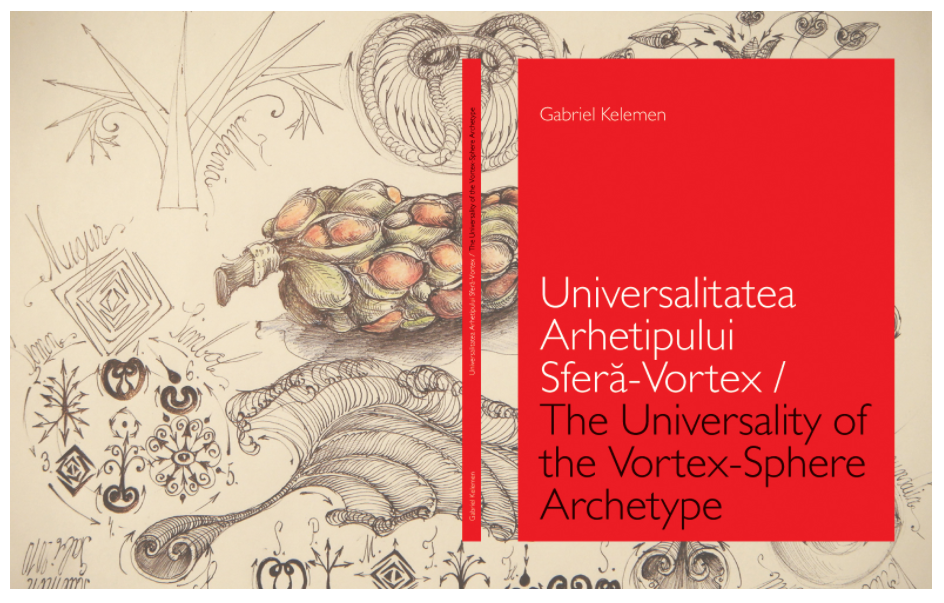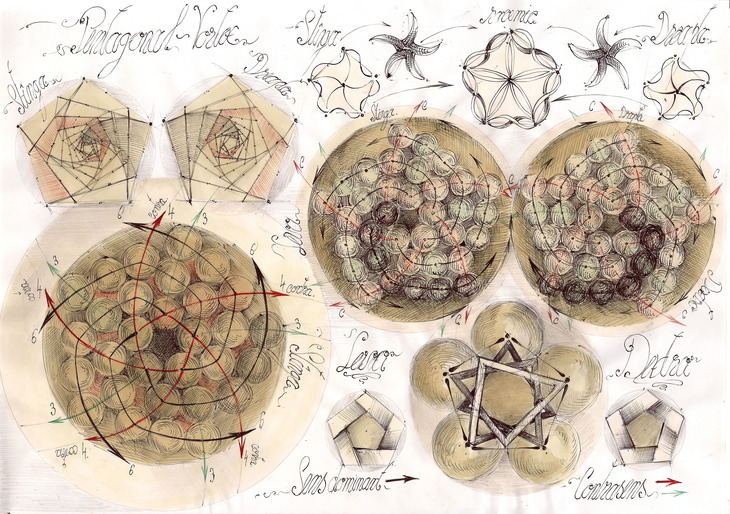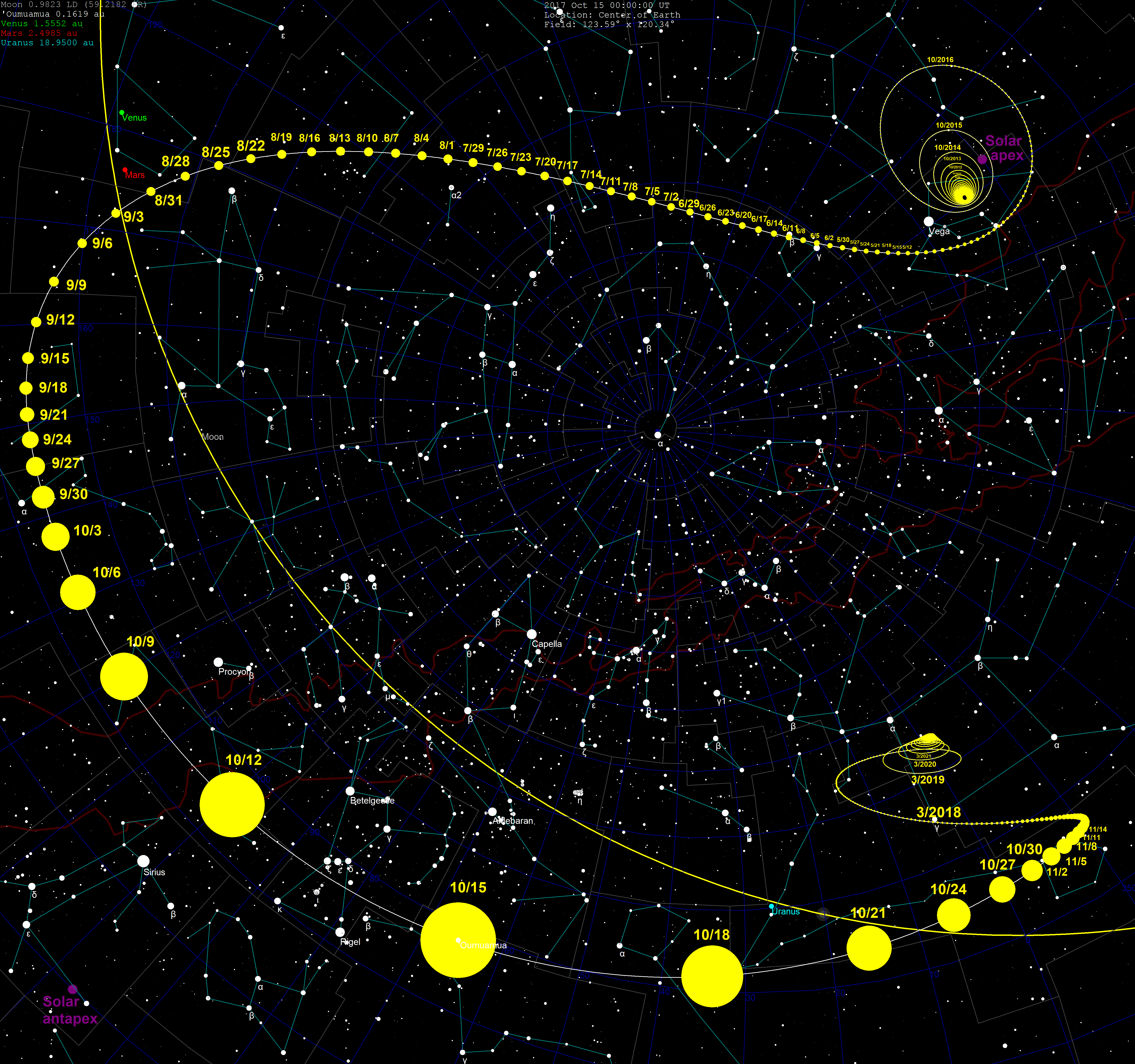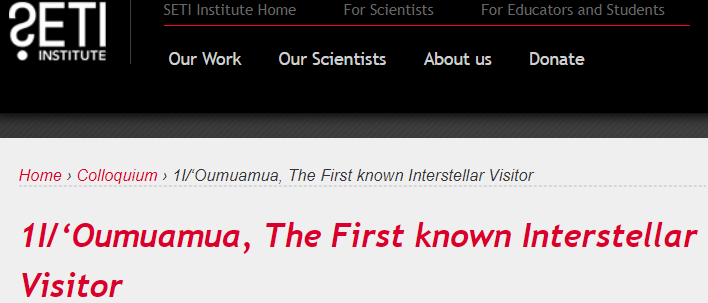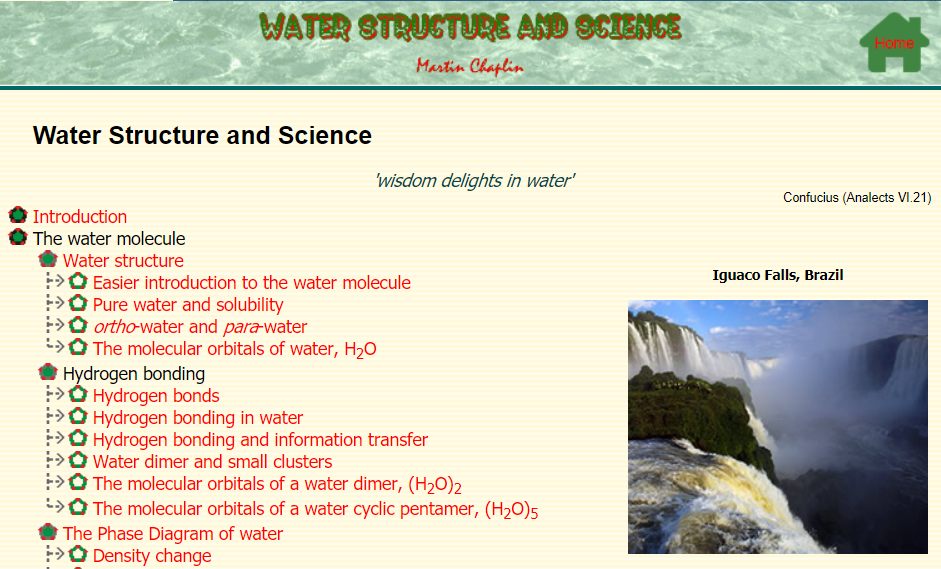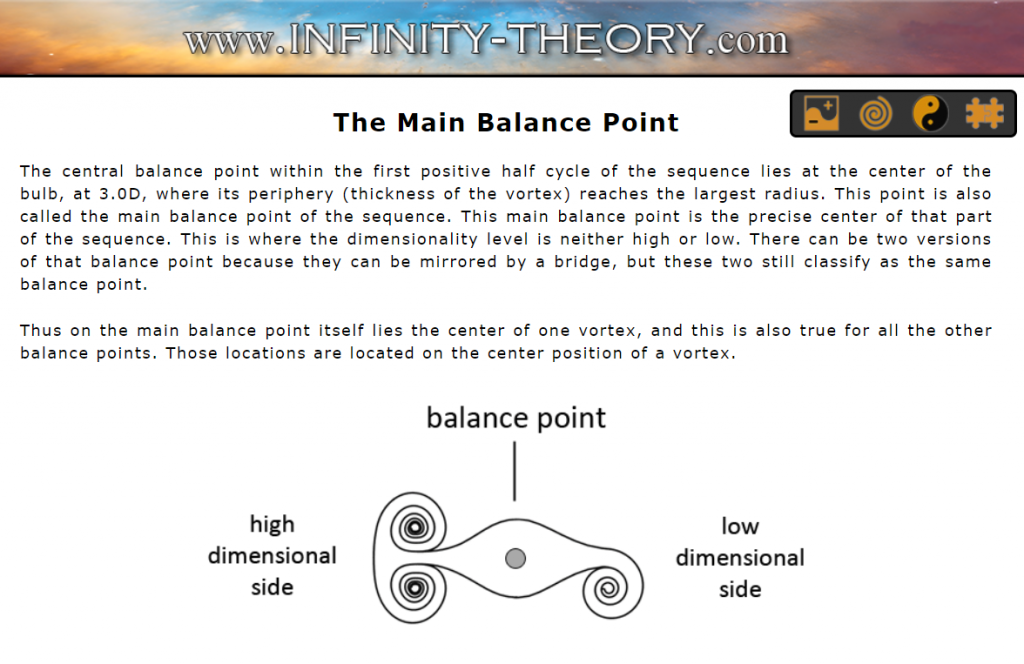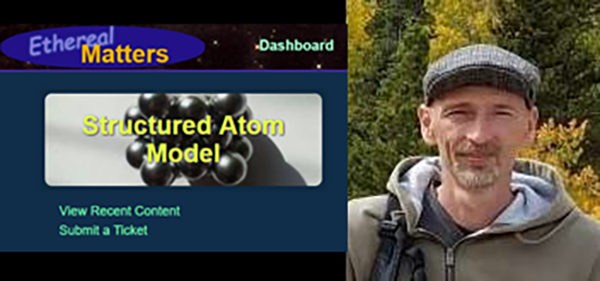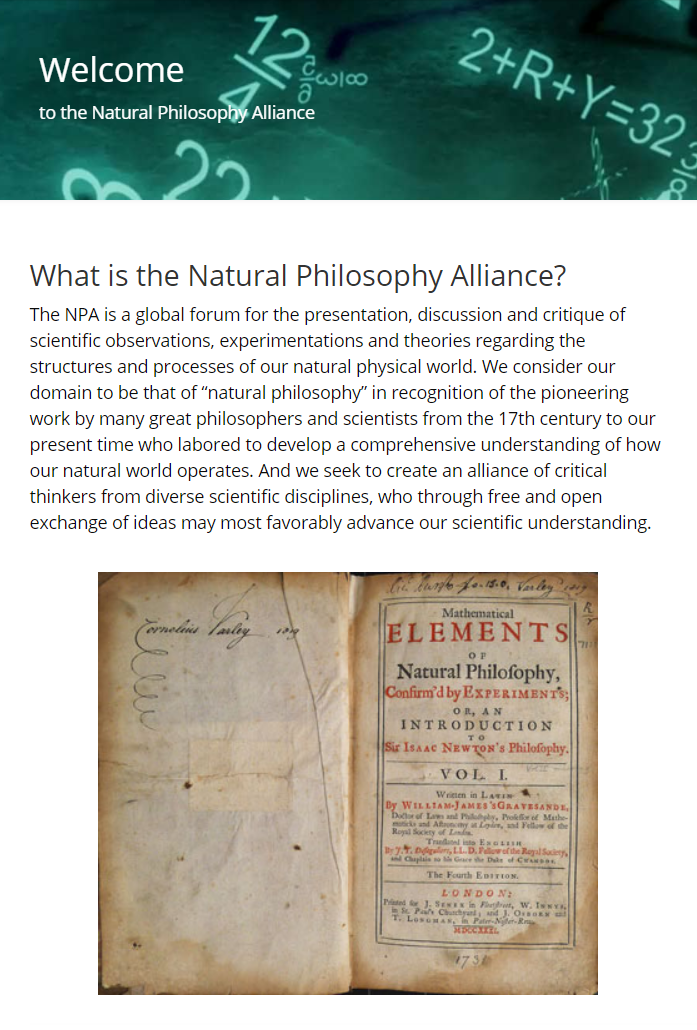
Cavitation-Induced Fusion: Proof of Concept
Gabriel Kelemen – Resonant Morphology – Cymatics
018 EU Meetup January 16, 2018
Seen from Earth, the apparent trajectory makes annual retrograde loops in the sky, with its origin in Lyra, temporarily moving south of the ecliptic between 6 September and 16 October 2017, and moving northward again towards its destination in Pegasus.


